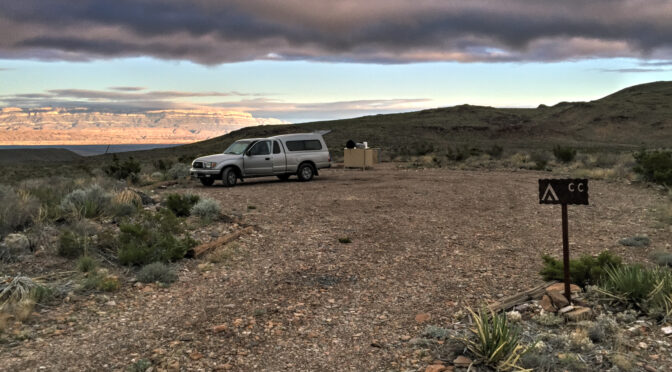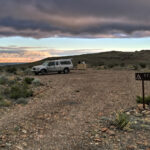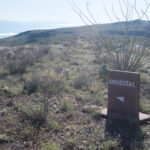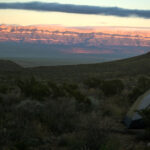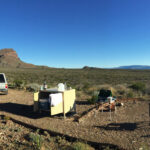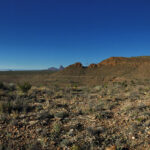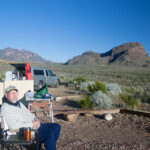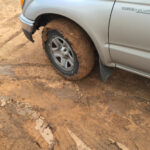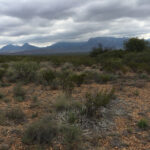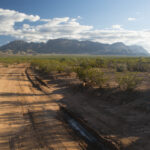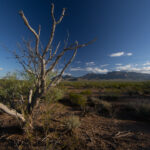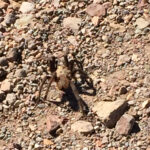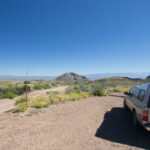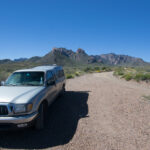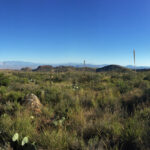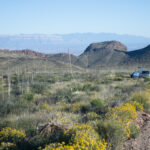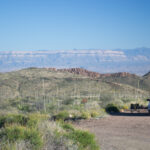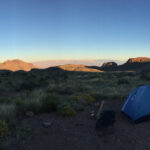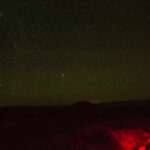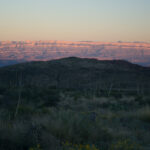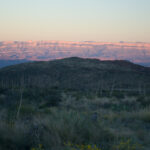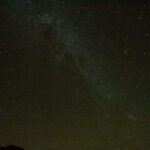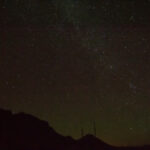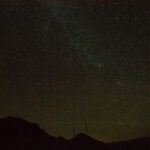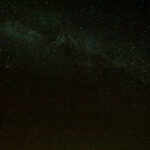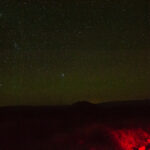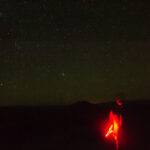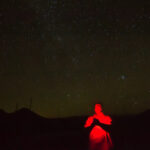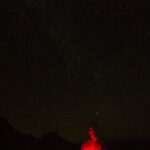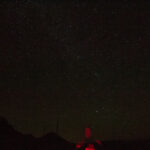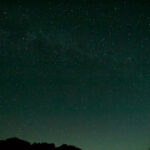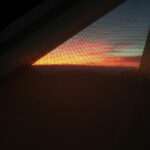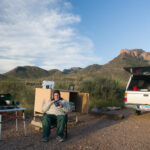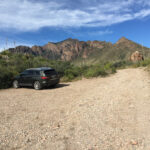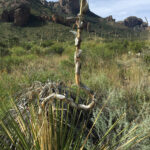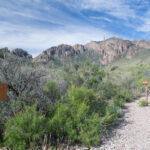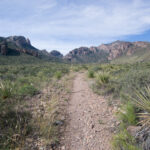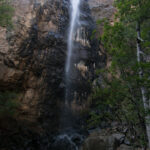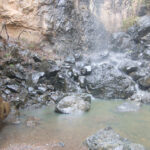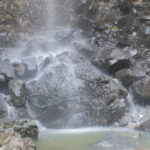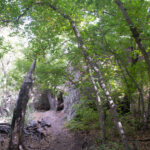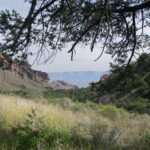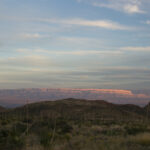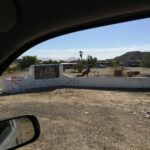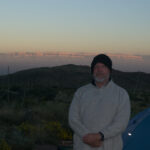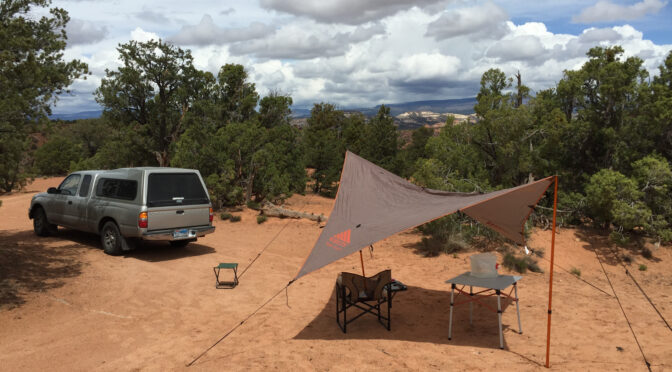I left austin a bit late Friday (November 7), right at 9. This put my ETA at big bend at 17:30 and that’s exactly when i got into Panther Junction. Got a bag of ice in Marathon. Turns out they’d had 4 inches of rain the day before. Several roads were closed, so there were backcountry sites available but none throughout the period. The lady at the counter was very helpful; she gave me Chilicotal first night, then Paint Gap Hills #2 the next 4 nights with the understanding i could come in an change at a later time. She said the wet conditions had driven a lot of campers to the closer in sites, but things should be drying out soon.
(Here’s a link to my Flickr album of this trip)
Chilitcotal was very nice. Near Rice Tank, new, on a ridge with fantastic views in all directions. (There used to be two campsites at Rice Tank; now only one. See why below.) Saw almost nobody; A motorcyclist coming in around sunset, and I think maybe a couple of folks going to/from the Pine Canyon sites, but didn’t come my way down Glenn Springs Rd.
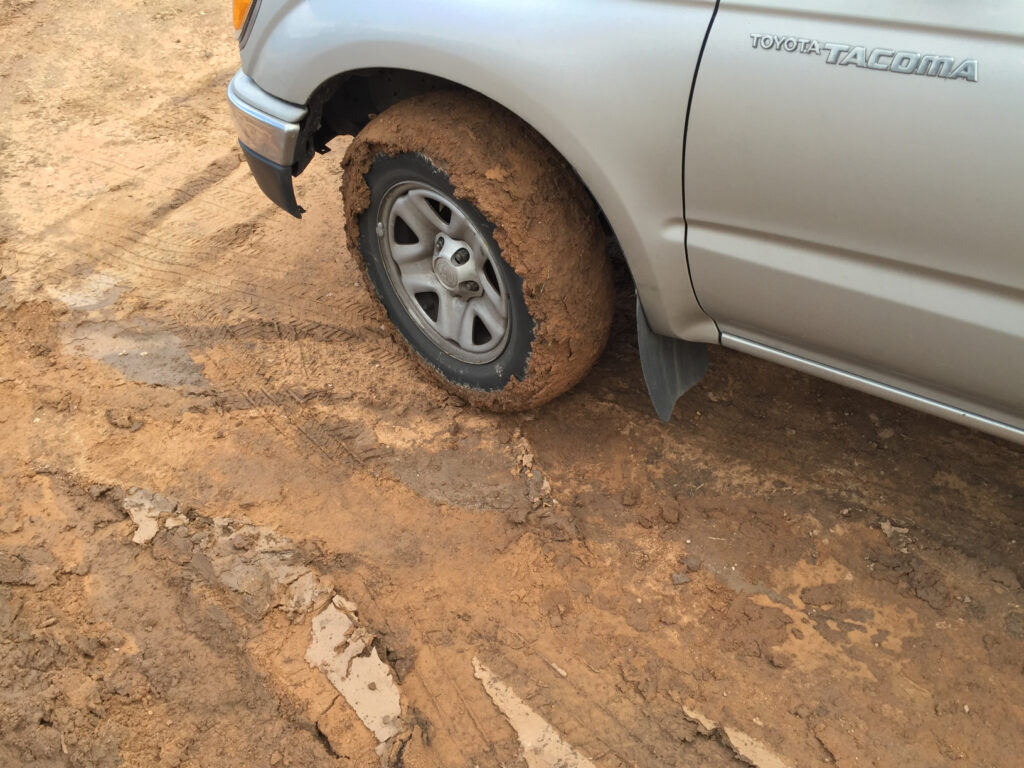
Next night, Saturday, I broke camp and headed to Paint Gap Hills #2; a dissappointment. Someone had been camping there during the deluge and left huge 4-5 inch ruts in almost all of the available area. Although somewhat dry now, I was hard pressed to find a decent spot for my tent.
